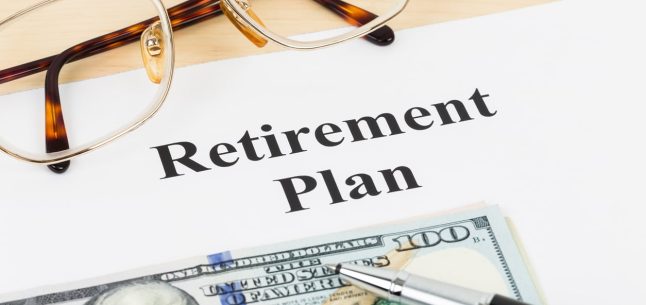Much has been made of the current state of the American worker as it pertains to their retirement savings. According to a recent study by the General Accountability Office, 29% of Americans 55 and older do not have any retirement savings or pension plan and those who have saved are woefully behind with 55-64 year olds averaging $104,000 in retirement assets.
The bleak outlook can largely be attributed to a lack of education when it comes to retirement planning – and more specifically investment allocation. With a growing number of millennials feeling ill equipped to make investment related decisions – even within their own retirement plans, the numbers prove that ignorance is not bliss. 61% of millennials say they want to invest but are deterred because they don’t know how.
These numbers alone should serve as a call to action for younger workers who are increasingly finding themselves behind the eight ball when it comes to saving for retirement. A sound, long term, roadmap to retirement can be centered on three key areas.
Develop healthy financial habits.
In a society that has become increasingly driven by social media it is very easy to fall prey to a “keeping up with the Jones” philosophy toward spending. Do you have “friends” that tweet and share every purchase and activity in their lives? Believe it or not, this subconsciously drives the temptation to spend on things we don’t need! Finding a balance and delaying gratification on purchases can single handedly make or break your financial wellbeing and it starts with making tough budgeting decisions.
Live below your means.
Try contributing an extra one or two percent to your company’s retirement plan, or open up an IRA. You won’t miss the contribution and your standard of living will adjust accordingly. Seek to live below your means today to ensure a strong financial future tomorrow.
Reduce your debt.
The average American household carries a whopping $15,762 in credit card debt. According to a study this year, the average household is paying a total of $6,658 in interest per year – translating to lost dollars that could be pumped in to retirement savings and wealth accumulation. In some situations debt, such as a mortgage or a student loan, can improve one’s financial position long term – however, credit card debt in particular carries the highest interest rates and should be paid off as quickly as possible. Try working with an independent financial planner if necessary to consolidate debt and come up with a game plan to attack it head on.
At the end of the day there’s no magic bullet the can single handedly solve the retirement shortfall for millions of Americans. Only you can take steps to educate yourself and make prudent, financially savvy choices in your day to day life which will translate in a significantly healthier financial standing. Don’t just hope that the retirement picture in your life becomes clearer as the day gets closer, because the opposite is true. Take measured steps to build confident savings and investment solutions for your household by starting today! Contact us for further help!
SECURITIES AND ADVISORY DISCLOSURE:
Securities offered through Valmark Securities, Inc. Member FINRA, SIPC. Fee based planning offered through SDM Advisors, LLC. Third party money management offered through Valmark Advisers, Inc a SEC registered investment advisor. 130 Springside Drive, Suite 300, Akron, Ohio 44333-2431. 1-800-765-5201. SDM Advisors, LLC is a separate entity from Valmark Securities Inc. and Valmark Advisers, Inc. Form CRS Link
DISCLAIMER:
This material has been prepared for informational purposes only, and is not intended to provide, and should not be relied on for, accounting, legal or tax advice. The services of an appropriate professional should be sought regarding your individual situation.
HYPOTHETICAL DISCLOSURE:
The examples given are hypothetical and for illustrative purposes only.




